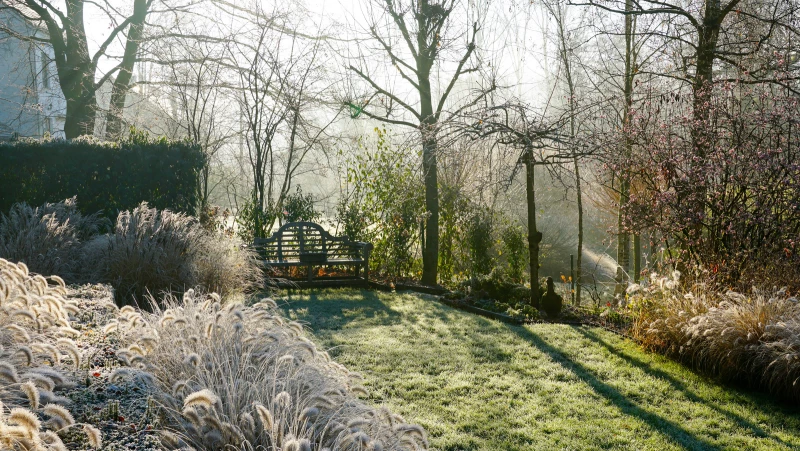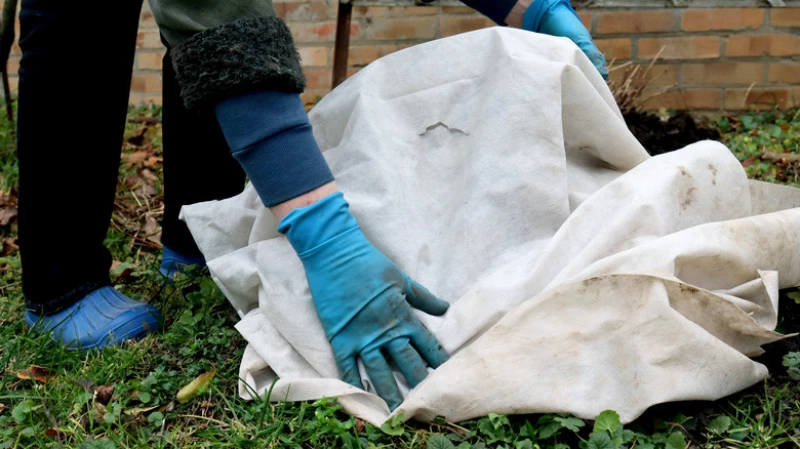Protecting Your Plants from Frost: Tips and Tricks
Are you a beginner gardener looking to protect your plants from frost? It's important to know that not all plants can withstand cold temperatures. Without proper protection, your plants may wither or die when exposed to freezing temperatures. But don't worry, there are ways to prevent this from happening.
Firstly, it's essential to understand the different levels of freeze that plants can tolerate. A light freeze occurs when temperatures range from 28 to 32 degrees Fahrenheit, a hard freeze is between 25 and 28 degrees Fahrenheit, and a severe freeze is anything below 25 degrees Fahrenheit. When plants are exposed to frost, they develop ice crystals. While most plants can handle these crystals, some are more susceptible to damage. Plant cells can be harmed and may even die when exposed to freeze levels.
Reviving a frost-damaged plant takes time
When exposed to cold temperatures, certain plants are at risk of dying. This includes peppers, tomatoes, basil, and eggplant, as well as most soft fruits. To protect these plants from harsh weather conditions, it is best to bring them indoors when freezing weather is expected. However, it is important to note that not all plants can be moved. If possible, plants in pots should be brought inside.
If bringing the plants indoors is not an option, there are frost blankets available that can be used to cover the plants and protect them from the worst of the weather. It is important to ensure that the cover does not touch the plants and is suspended above them. This can be achieved by using posts or any other suitable support, such as chairs. It is also worth noting that plastic covers may not provide adequate insulation and can potentially damage the plants.
If you find your plants have frozen, there are things you can do that may bring them back to life. The first thing you should do is bring the plant indoors to offer it some shelter. Gently water the plant — as frost-damaged plants will be dehydrated. It may be tempting but do not cut away any obviously dead stems or leaves from the plant until it has been inside for a few weeks. This is because the plant needs time to shake off the damage it has been dealt before beginning a regrowth phase.
Is it not possible to bring a plant inside? These next steps should only be taken once the weather has warmed a little — and you don't think there will be any more frost. Observe the damage to the plant and remove any dead or dying areas, ensuring you don't cut through any undamaged parts. Additionally, check the roots — the outside part of a plant may be damaged, but the parts below the soil might be fine. Next, apply a fertilizer intended for general use to the plant. All that's left to do now is wait and see if the plant regrows. It's always better to prevent damage with the above measures than revive a dying plant, so keep an eye on the weather forecast when winter is set to begin.









